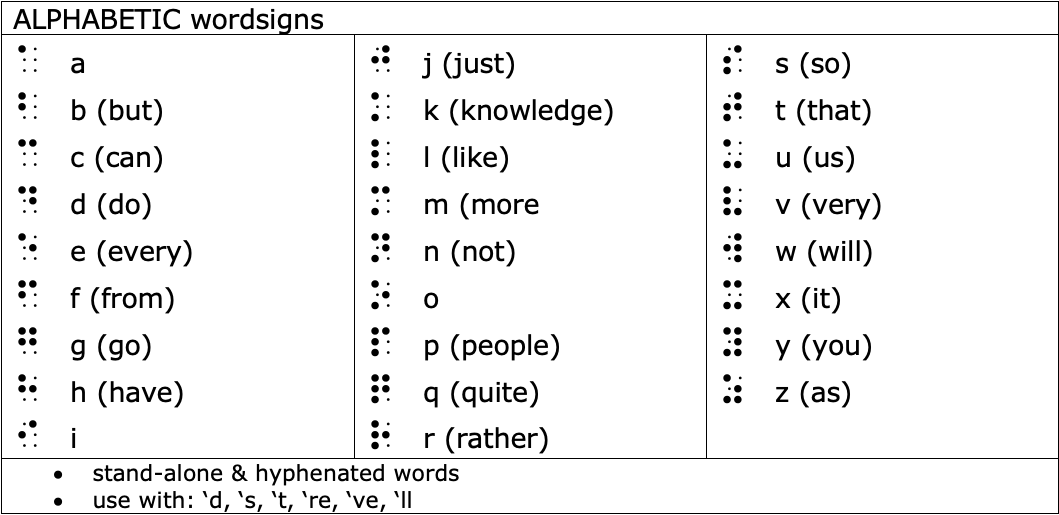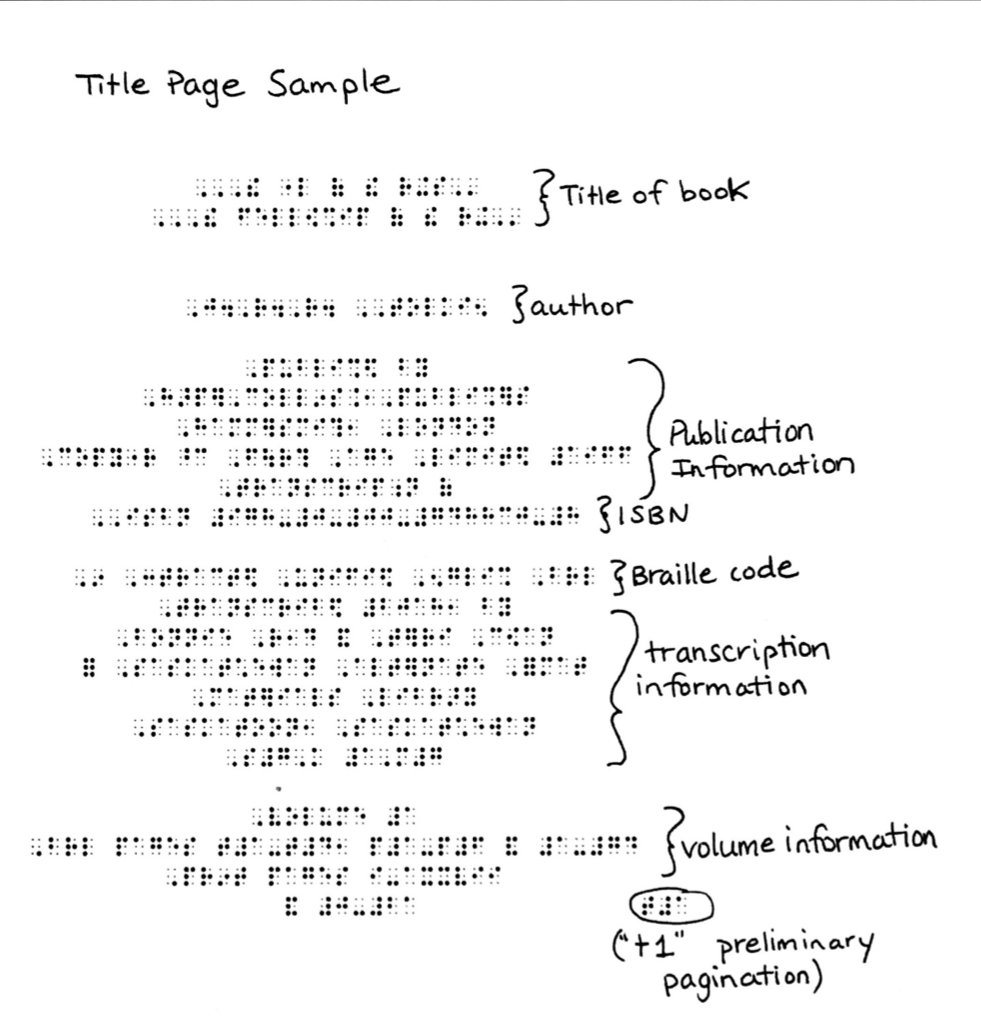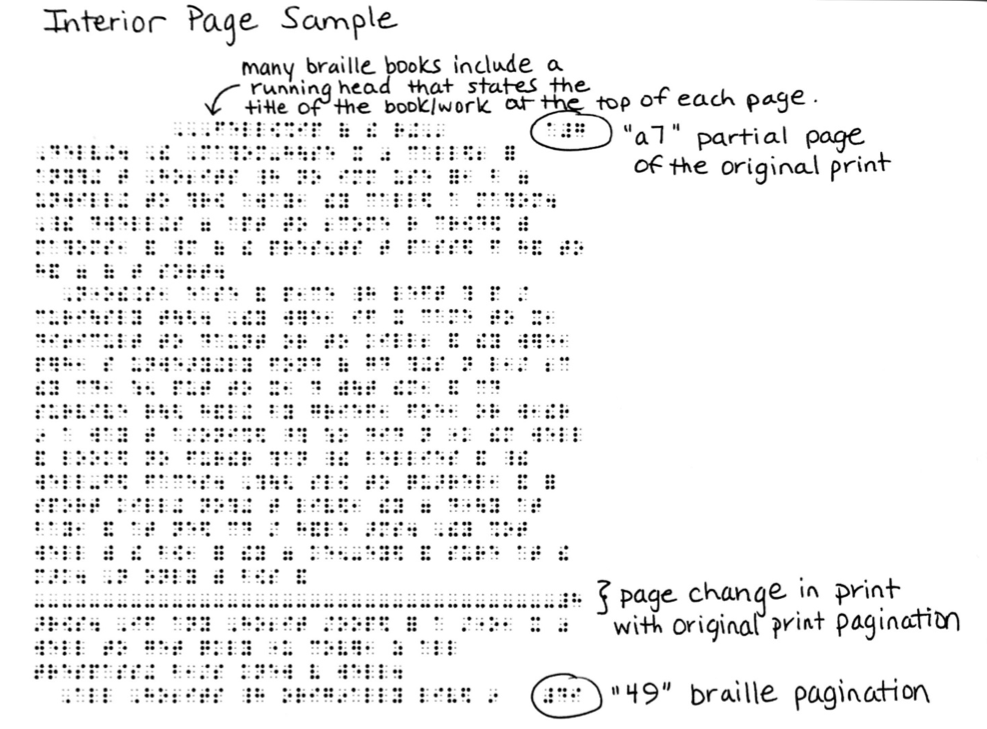What to Expect When You’re Expecting Braille
Braille is a tactile reading and writing system of raised dots that can be read with the fingers of people who are blind or who have low vision. It is based on a six-dot cell with two columns (from top down, left to right: dots 1, 2, 3, and 4, 5, 6).
In 2010, Canada adopted the Unified English Braille (UEB) code. This reason for the creation and adoption of this code was to unite the English-speaking countries to use the same braille code. The NNELS digital braille collection has titles in both the Unified English Braille (UEB) code and the English Braille American Edition (EBAE) code. EBAE is often referred to as “old code”. All the NNELS physical braille titles are in UEB. There is also a Unified French code (CBFU) that is used by French speakers who know French braille. In instances where English speakers wish to read braille in French (often the case for French Immersion, Core French programs, and university classes), the braille is still transcribed in UEB, but includes French diacritics.
Braille can be uncontracted (grade 1) or contracted (grade 2). Uncontracted braille is letter for letter or character for character, and contracted braille consists of short forms or contractions that are kind of like writing in shorthand. Most braille is in contracted or grade 2 braille. The following images contains a simple braille guide that includes the alphabet, numbers, and some of the basic contractions and short forms.
For a full braille “cheat sheet”, check out: http://www.pdrib.com/downloads/Complete-Braille-Chart.pdf. This guide will help you identify pagination and other necessary title information.
Here is an image of a sample title page and a sample braille page from a novel.
One of the most surprising things about braille is how much space it takes up. A single regular print title on the shelf can often be multiple volumes of braille. Novels can often be three or more volumes, and textbooks can often be 30 or 40 volumes. It is very important to make sure that patrons are receiving all the volumes of their title so they can read the entire book.
Braille volumes can be printed as single-sided braille with braille only on one side of each page, or it can be printed as double-sided or interpoint braille. While interpoint takes up less space, it is difficult for sighted individuals to read. Single-sided braille is used most often in K-12 education settings or in early readers’ books where a parent, teacher, or education assistant may be involved in the reading.
Some children’s books are in both regular print and braille, commonly referred to as braille print books, print-braille, or the trademarked term Twin Vision™. These books are great because almost anyone can read them! To see some of these books, you can search your provincial library catalogue and request any of the titles listed on this page: https://nnels.ca/printbraille.
A typical volume of braille is approximately 11.5x11.5 and of varying thickness. Most resource centres who have a lot of braille use shelving that is 12X12 for their braille collections. This allows for the braille to rest on the shelves safely.







